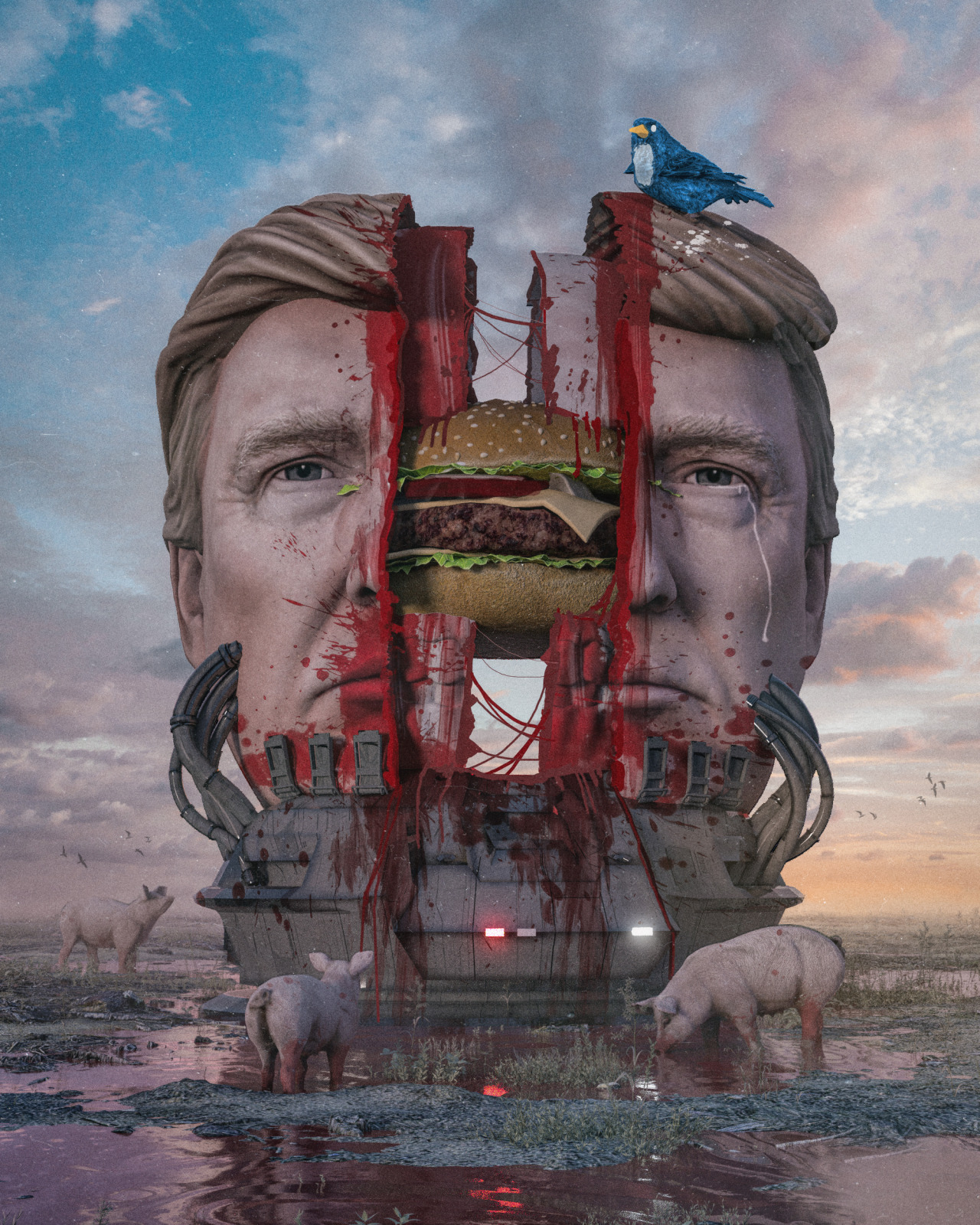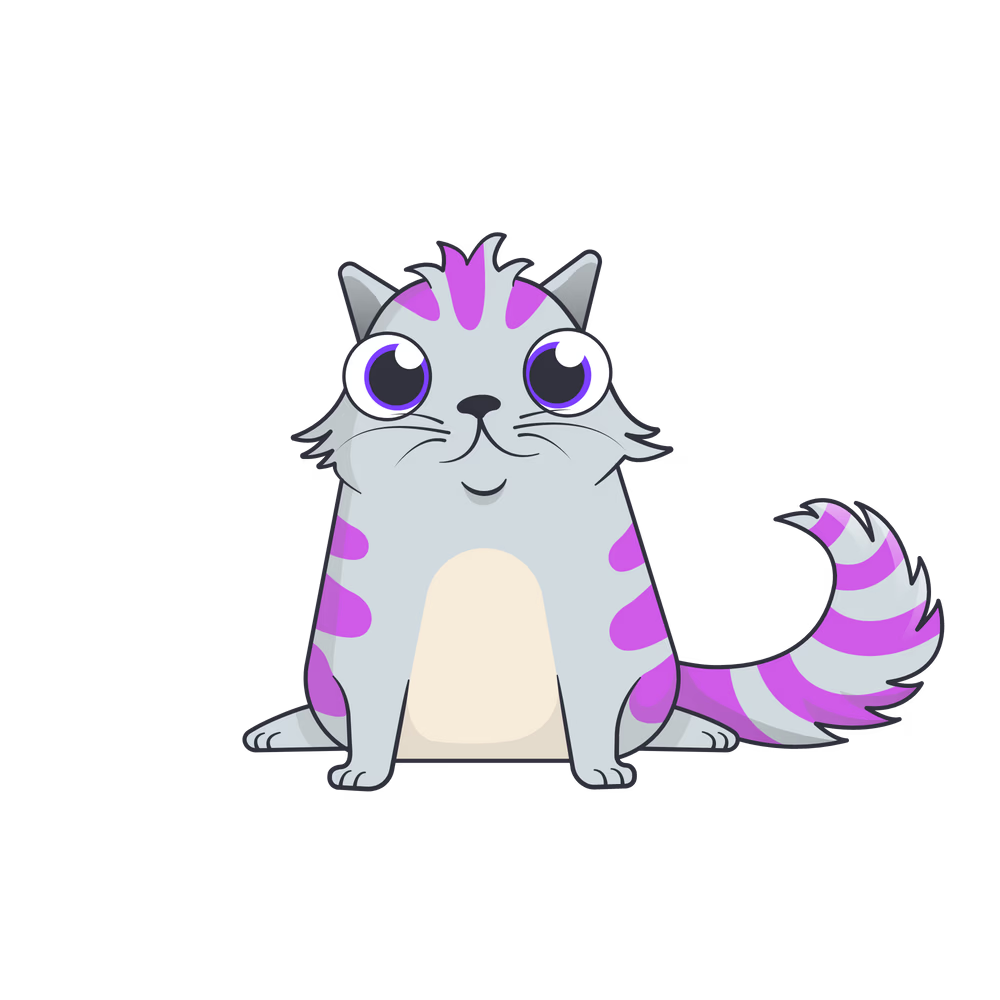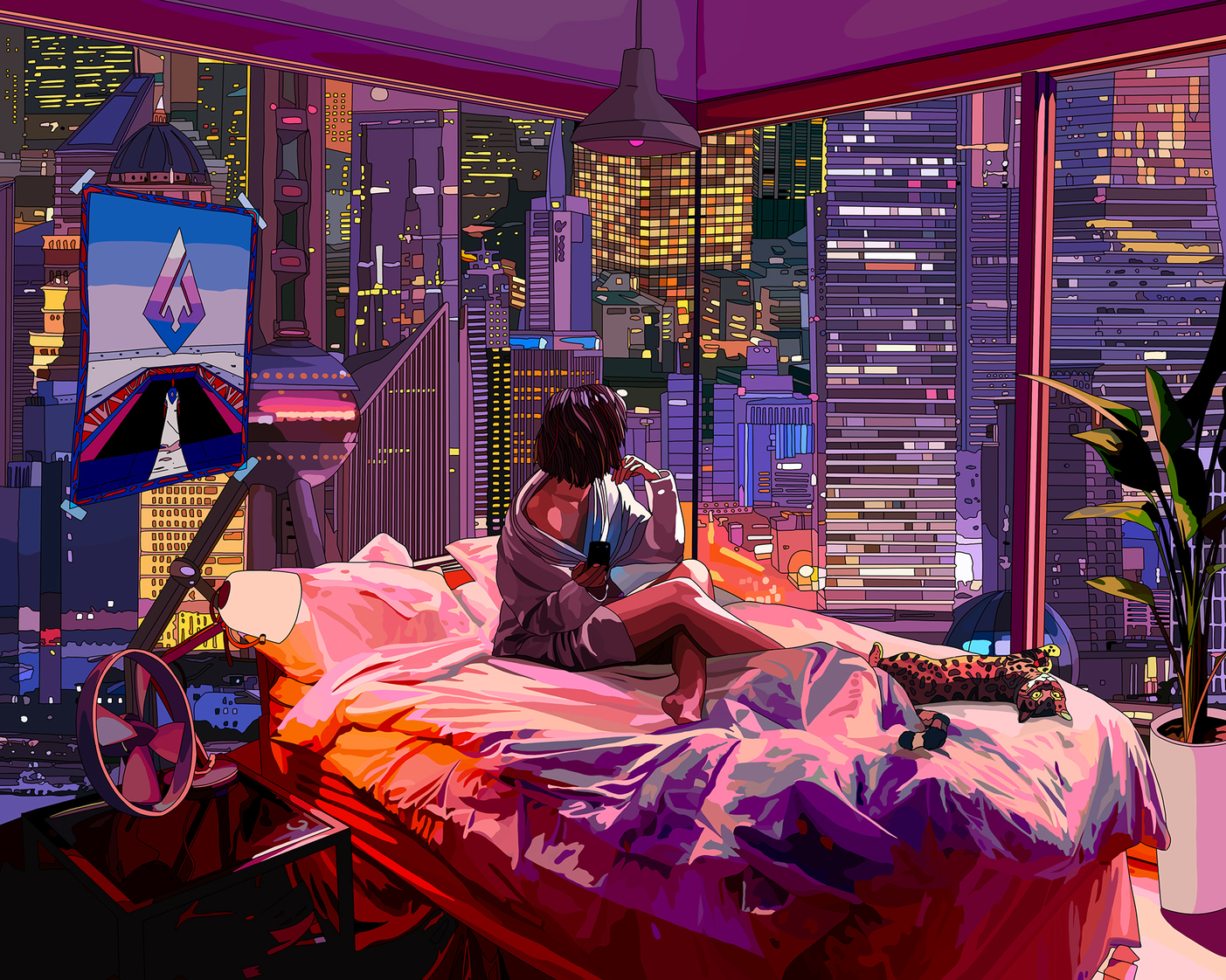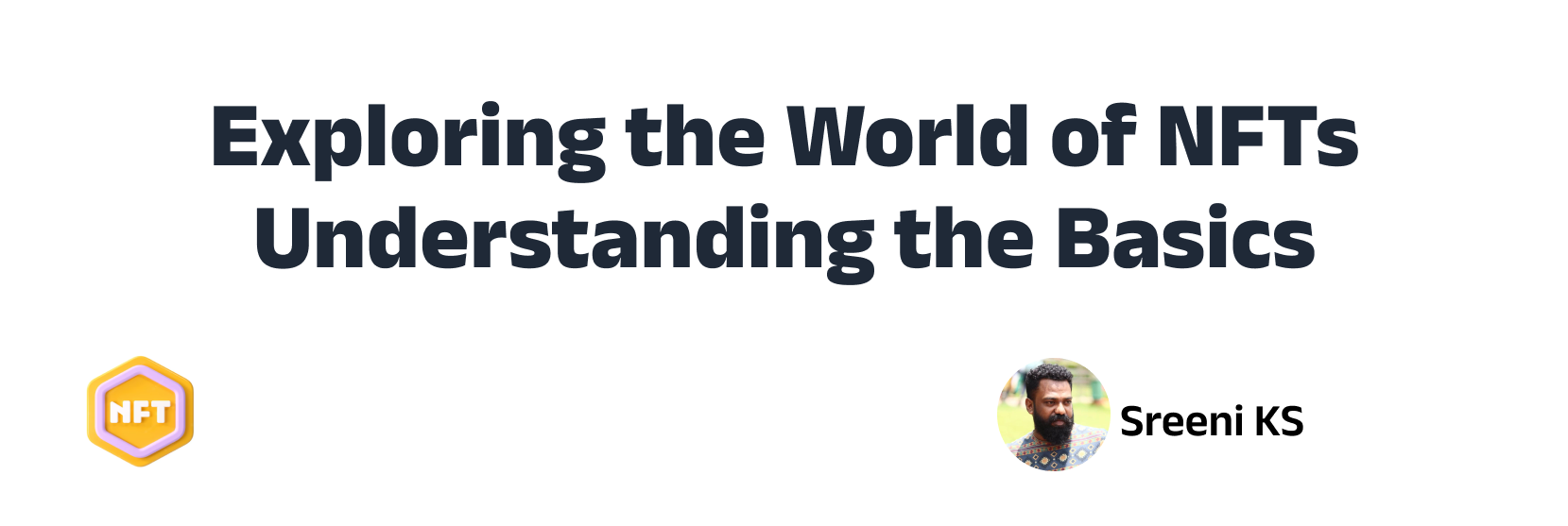An NFT (non-fungible token) is a digital asset that is unique and cannot be replaced. NFTs are often used to represent digital art, music, videos, and other creative works.
They can also be used to represent in-game items, such as weapons or skins.
The NFT art business is a relatively new industry, but it is growing rapidly. In 2021, the global NFT market was valued at $41 billion. This is expected to grow to $80 billion by 2025.
There are many ways to make money in the NFT art business. One way is to create your own NFT art and sell it on an NFT marketplace. Another way is to invest in NFT art by buying and selling NFTs. You can also make money by providing services related to NFT art, such as creating NFT art, marketing NFT art, or providing NFT art storage.
If you are interested in getting involved in the NFT art business, there are a few things you need to do. First, you need to learn about NFTs and how they work. Second, you need to find a reputable NFT marketplace to sell your NFT art. Third, you need to market your NFT art to potential buyers.
The NFT art business is a new and exciting industry. If you are creative and have a good eye for art, then you could make a lot of money in this business.
How do NFTs work?
NFTs, or non-fungible tokens, are digital assets that are unique and cannot be exchanged for something else of equal value. They are based on blockchain technology, which is the same underlying technology that powers cryptocurrencies like Bitcoin and Ethereum.
When an NFT is created, a smart contract is used to assign a unique digital code to the asset, making it one-of-a-kind. This code is then recorded on a blockchain, which is a decentralized and transparent ledger that allows anyone to see the ownership and transaction history of the NFT.
The ownership of an NFT is stored on the blockchain, and can be transferred to another person through a digital transaction. When an NFT is sold or transferred, the blockchain records the new owner and the price of the transaction.
Because NFTs are unique and have a verified ownership history, they have become a popular way to buy, sell, and trade digital assets such as art, music, and videos. This is because NFTs provide a way to verify the authenticity and ownership of a digital asset in a way that was previously not possible.
Here are some success stories of NFT art businesses:
Beeple: Beeple is a digital artist who sold an NFT of his work for $69.3 million at Christie's auction house in March 2021. This was the first time that a digital artwork had been sold at a major auction house.

Pak: Pak is another digital artist who has achieved success in the NFT space. In February 2022, he sold a collection of NFTs for $91.8 million.
 {width=“5.479166666666667in”
height=“5.479166666666667in”}
{width=“5.479166666666667in”
height=“5.479166666666667in”}
CryptoKitty: CryptoKitty is a blockchain-based game that allows users to collect and breed digital cats. The game has been very successful, with over 100,000 cats sold and a total market cap of over $1 billion.
 {width=“5.176388888888889in”
height=“5.176388888888889in”}
{width=“5.176388888888889in”
height=“5.176388888888889in”}
Mad Dog Jones: This Canadian artist has made a name for himself in the NFT world with his vibrant, surreal digital artwork. His "REPLICATOR" series sold for over $4.8 million at auction in March 2021.
 {width=“5.676388888888889in”
height=“4.530555555555556in”}
{width=“5.676388888888889in”
height=“4.530555555555556in”}
Current market crisis and Future of NFT
The world of NFTs, or non-fungible tokens, has been one of the most exciting and innovative spaces in the crypto world in recent years. However, in recent months, the NFT market has experienced a crisis of sorts, with many investors and enthusiasts expressing concern about the long-term viability of this new industry.
The NFT market exploded in popularity in early 2021, with digital art selling for millions of dollars and celebrity endorsements further fueling the hype. However, the rapid growth of the market has led to several issues that have contributed to the current crisis.
Firstly, the market has become oversaturated with low-quality NFTs, leading to a decline in overall quality and value. This has made it harder for serious artists and collectors to stand out and find buyers.
Secondly, the NFT market has been criticized for its lack of regulation and transparency. Many NFT marketplaces have popped up, each with its own set of rules and guidelines, leading to confusion among buyers and sellers. This has led to instances of fraud and scams, further undermining the legitimacy of the industry.
Thirdly, the NFT market has been hit hard by the recent cryptocurrency market crash. As the value of cryptocurrencies such as Bitcoin and Ethereum plummeted, so did the value of many NFTs. This has led to a loss of confidence in the industry, with many investors questioning the long-term viability of NFTs as an asset class.
So, what does the future hold for the NFT business? While the current crisis is certainly cause for concern, it is not necessarily a death knell for the industry. In fact, many experts believe that the current crisis could be a necessary correction that will ultimately lead to a more sustainable and mature NFT market.
One potential solution to the current crisis is the development of more regulated and transparent NFT marketplaces. By establishing clear guidelines for buying and selling NFTs, these platforms could help restore confidence in the industry and prevent fraud and scams. Additionally, a greater focus on quality over quantity could help raise the overall value and appeal of NFTs.
Another potential solution is greater collaboration between the NFT industry and traditional art institutions. By working together, NFT marketplaces and traditional art institutions could help bridge the gap between the physical and digital art worlds, creating new opportunities for artists and collectors alike.
The future of the NFT art business is bright. The market for NFTs is growing rapidly, and as more people become interested in owning and collecting digital assets, the demand for NFT art will continue to increase. This presents a significant opportunity for artists and creators skilled in NFT development and creation.
Here are some of the trends that are shaping the future of NFT art business:
Increased adoption of blockchain technology. Blockchain technology is the foundation of NFTs, and as it becomes more widely adopted, it will make it easier for artists to create, sell, and trade NFTs.
Growing demand for digital art. More and more people are interested in owning and collecting digital art, and NFTs provide a unique way to own and authenticate digital assets.
New ways to monetize NFT art. In addition to simply selling NFTs, artists can also use them to generate revenue in other ways, such as by offering royalties on secondary sales or by integrating NFTs with other products and services.
Increased collaboration between artists and brands. Brands are increasingly looking to collaborate with artists to create NFTs that appeal to their target audiences. This is a great opportunity for artists to reach a wider audience and to monetize their work in new and innovative ways.
Overall, the future of the NFT art business is very promising. As the market for NFTs continues to grow, artists and creators will have more opportunities to monetize their work and to reach a wider audience.
The End.
